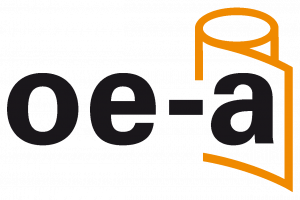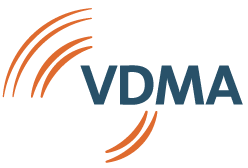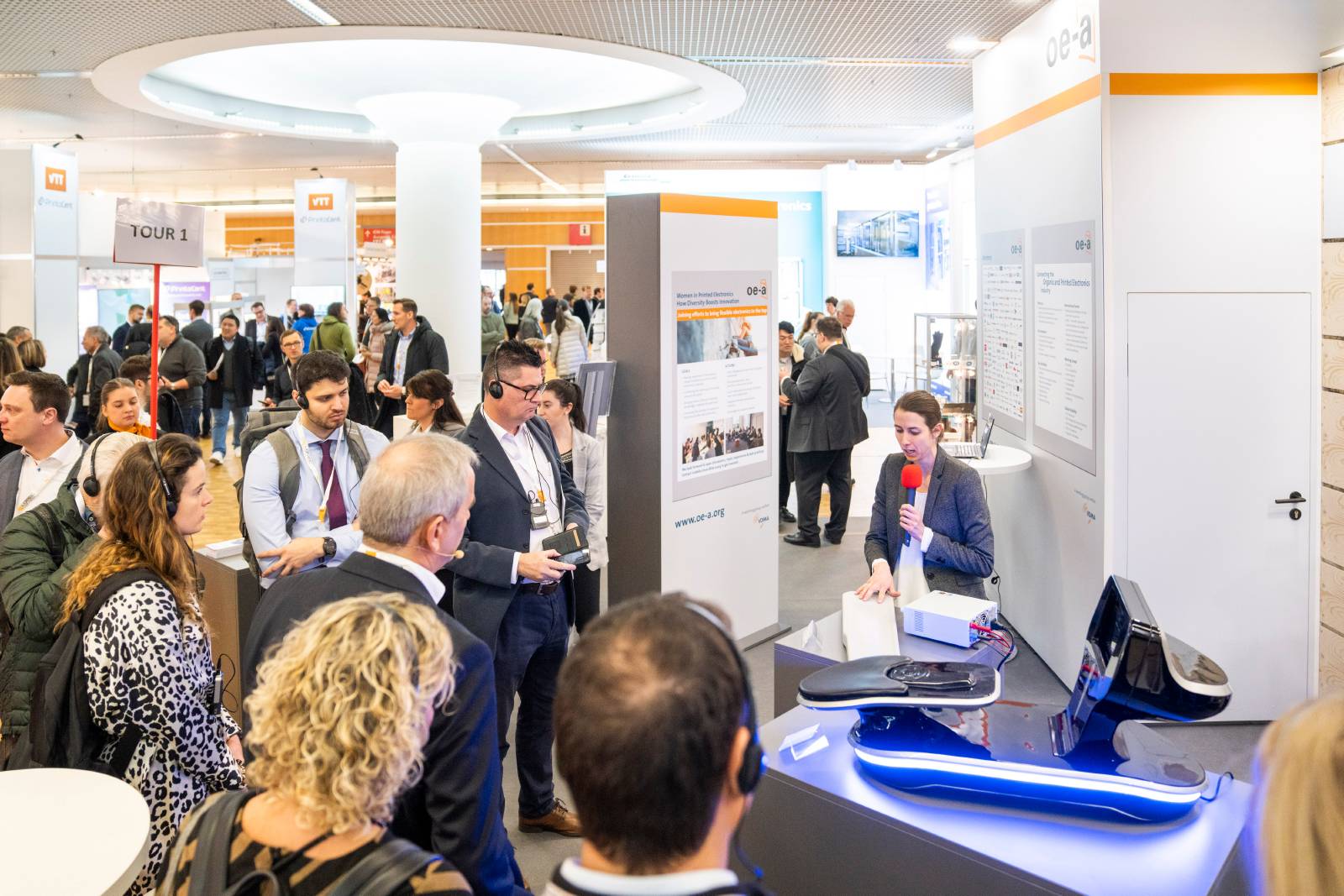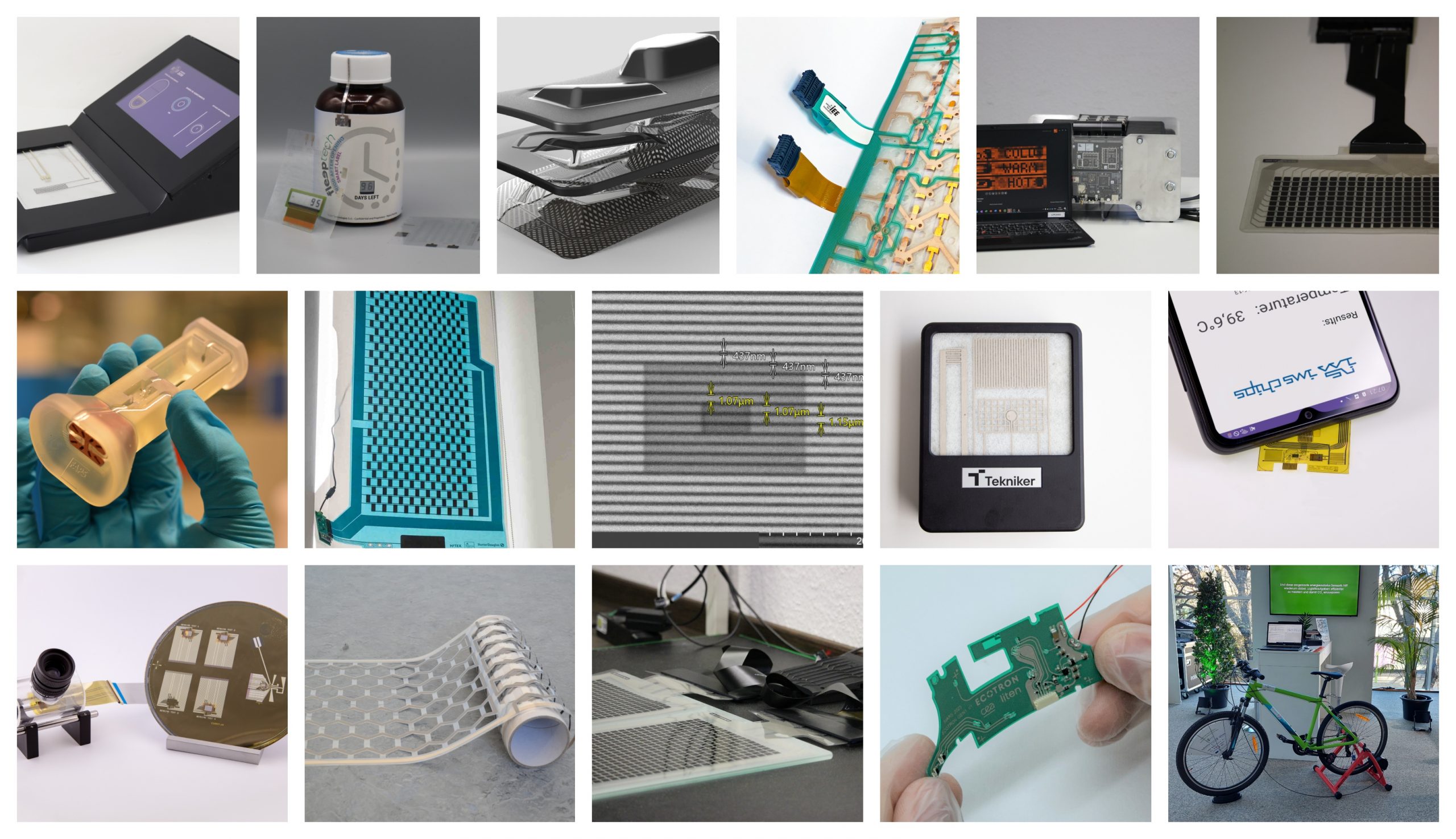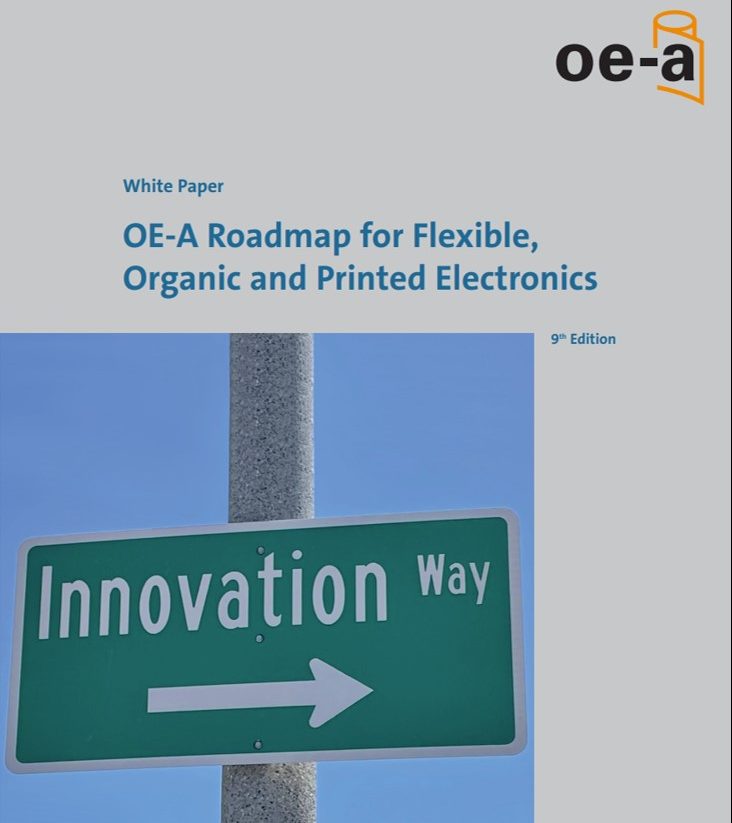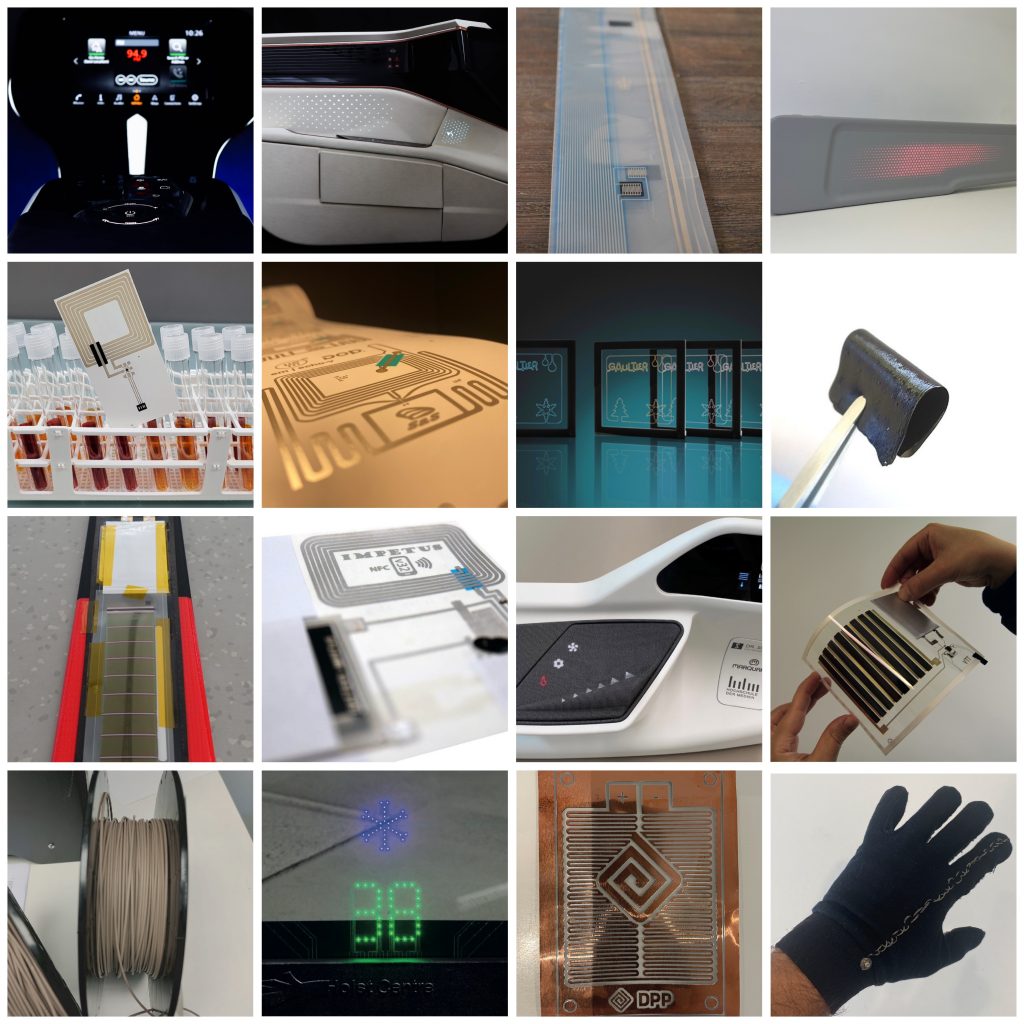The Internet of Things (IoT) is a broad term describing the increasing integration of intelligence and wireless connectivity into objects that previously did not have such functionality, such as machines, (sometimes referred to as “Industry 4.0”), automobiles, appliances, but also everyday objects with embedded sensors, processors and displays, sometimes being referred to as the “Internet of Everything” (IoE). Intelligence has already found its way into consumer white goods with embedded sensors, touch screens and displays. Flexible sensors, temperature loggers and smart objects that communicate using Near Field Communication (NFC) or RFID (Radio-Frequency Identification) protocols are now being used commercially, for example in the retail sector, and brand protection. Integration of sensors into buildings utilizing RFID technology is also a growing business. A key issue for IoT is the supply of energy, since hard-wiring and batteries are not sufficient options. Energy harvesting modules based on OPV or other solar cells, piezoelectric materials, or harvesting of radio waves are now available commercially, and the importance of thin-film batteries and especially supercapacitors in combination with these harvester systems is becoming increasingly apparent.
Application Examples

Enhanced Interaction
Near-field communication enables the direct interaction with producers, authentication and access to further information.
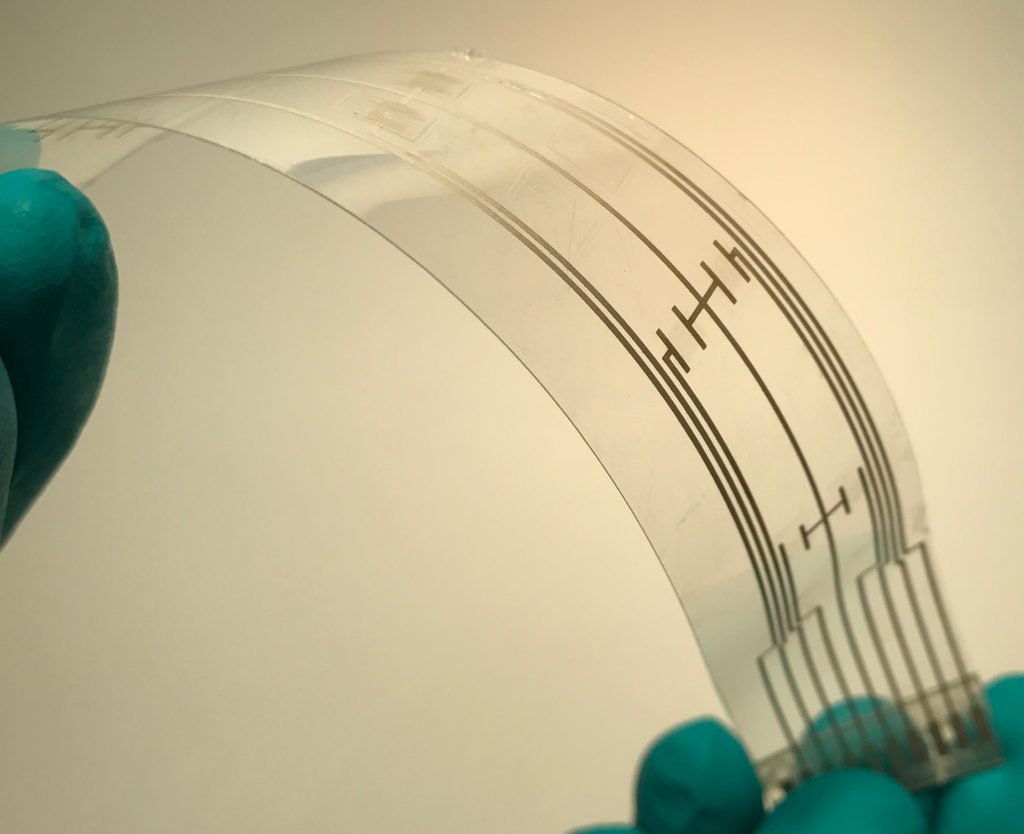
Flexible Sensors
Printed Electronics enable the Internet of Things, e.g. by providing low-cost, flexible temperature sensors for smart home applications.

Harvesting Energy
Organic and Printed Electronics enable the local generation of electricity, by using various power sources, e.g. ambient light, to provide ubiquitous low-power sensors with energy.
